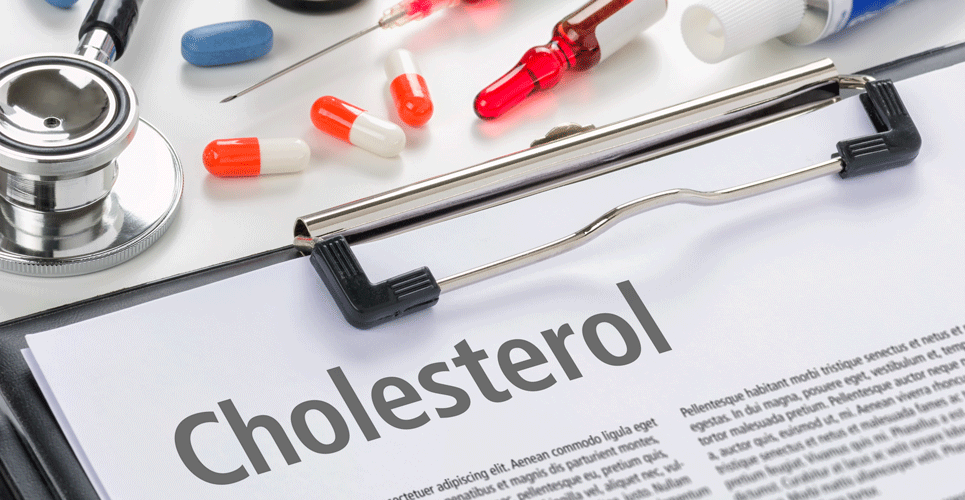Inclisiran is effective at lipid lowering in patients with familial hyperlipidaemia and elevated CVD risk independent of body mass index
Use of inclisiran in patients with either familial hypercholesterolaemia or an elevated cardiovascular risk, is effective irrespective of their initial body mass index (BMI). This was the important finding of a study presented at the American Heart Association conference, 2021.
Inclisiran is a novel treatment for the management of hypercholesterolaemia, which is a known risk factor for cardiovascular disease (CVD) and much effort over the last two decades has focused on the use of statin drugs which reduce levels of low density lipoprotein cholesterol (LDL-C). The discovery of pro-protein convertase subtilisin-kexin type 9 (PCSK9), a serine protease which interacts with LDL-C receptors and decreasing the removal rate of circulating LDL-C, provided a potential alternative therapy to statins.
Inclisiran is a small RNA molecule that works by blocking the transcription of PCSK-9, leading to an increased expression of low-density lipoprotein (LDL) receptors, ultimately lowering circulating levels of LDL-C. Although recommended efforts to initially reduce cholesterol levels include weight loss through diet and exercise in cases where weight loss is unachievable, there remains some uncertainty over the effectiveness of inclisiran.
For the present study, researchers undertook a pooled, post-hoc analysis of data from three randomised, double-blind trials, ORION-9, ORION-10 and ORION-11, all of which were designed to evaluate the efficacy and safety of inclisiran in adults (> 18 years of age) and with elevated LDL-C despite maximally tolerated doses of LDL-C lowering therapies (eg, statin and/or ezetimibe). ORION-9 included patients with familial hypercholesterolaemia, ORION-10 patients with atherosclerotic cardiovascular disease (ASCVD) and ORION-11 included patients with ASCVD or ASCVD-risk equivalents.
For each of the studies, eligible patients were randomised 1:1 to receive 300 mg inclisiran or placebo at baseline, at day 90 and and 6-monthly thereafter. For the analysis, the researchers stratified by baseline BMI’s; <25, 25-<30, 30-<35 or ≥35 kg/m2. The primary outcome was the percentage change in the level of atherogenic lipids from baseline to day 510.

Findings
Overall, the percentage change in atherogenic lipids from baseline to day 510 was significantly greater with inclisiran vs placebo within each BMI stratum. For example, with total cholesterol, the between group differences ranged from -30.1% (BMI < 25) to -33.9% (BMI > 35). Similarly, total LDL-C level reductions ranged from -48.8% (BMI < 25) to -50.5% (BMI > 35), p < 0.001. There were also significant reductions in the levels of triglycerides, apolipoprotein B and non–high-density lipoprotein cholesterol.
Treatment emergent adverse events (TEAEs) at the site of injection were more frequent among patients assigned to inclisiran although all were deemed to be mild or moderate in severity. Furthermore, treatment-emergent serious adverse events were described as being generally similar between the two groups but more frequently seen with increasing BMI strata, although the authors did not report these data.
The authors concluded that ‘twice-yearly dosing with inclisiran (after the initial and 3-month doses) provided effective and sustained lipid lowering in patients, irrespective of their baseline BMI, and was generally well tolerated.’

